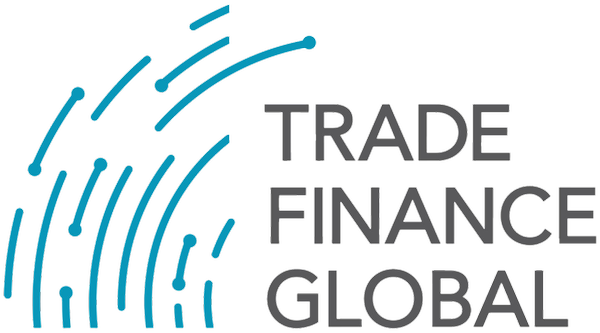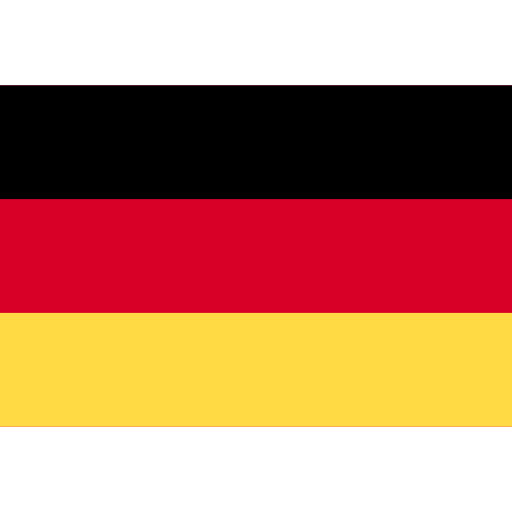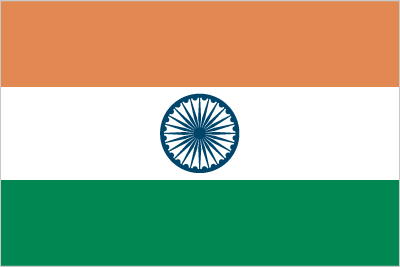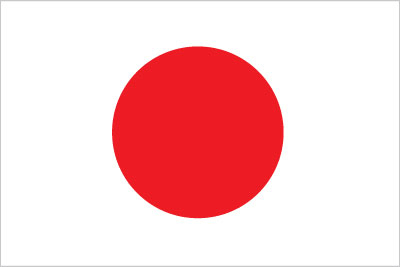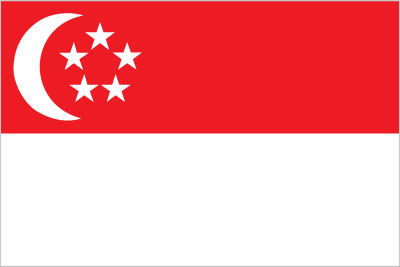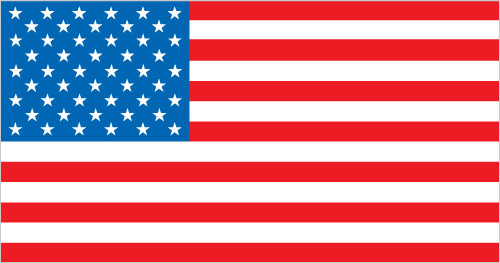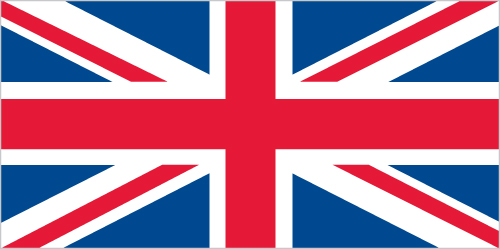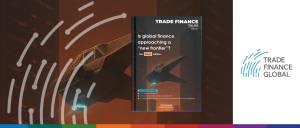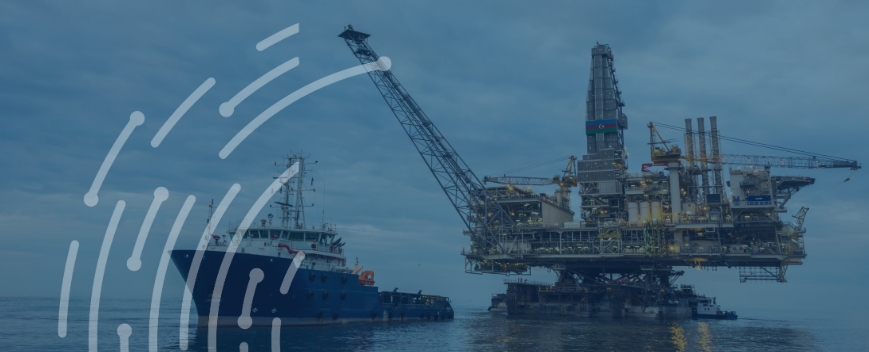Since US President Donald Trump came to office in January 2025, not a day goes by without some mention of ‘tariffs’ in the news. International markets have reacted to landmark shifts initiated by US President Donald Trump’s new tariff policies. Tariffs have evolved from a more specialised economic tool to one gaining political and ideological ramifications, generating renewed and expanded interest in them.
At the 51st Annual International Trade and Forfaiting Association’s (ITFA) Conference in Singapore, Mahika Ravi Shankar, Deputy Editor at Trade Finance Global (TFG), sat down with Craig Weeks, Senior Vice President for Trade at BAFT (Bankers Association for Finance and Trade), to discuss the impact of tariffs from a banking and trade finance perspective.
What are tariffs?
Tariffs have historically had two essential uses: raising revenue for the government or protecting domestic industries by making foreign goods more expensive. Tariffs can be imposed on imports or exports.
There are three main types of tariffs:
- Ad Valorem tariffs are added as a fixed percentage of the total value of the imported product.
- Specific tariffs are a fixed monetary charge added to each unit, such as a kilogram, a ton, or a pair, which operates regardless of the total value of the product.
- The last type, compound tariffs, is a hybrid of the two.
Tariffs differ in aim and impact from other trade barriers such as quotas and sanctions.
Quotas are a tool to cap foreign competition by limiting “the quantity of a product that can be imported or exported during a certain period, ” Craig Weeks explained. Restricting the total number of goods from one or several countries drives up the cost of that import, making domestic products more attractive.
Quotas serve an economic purpose for governments. By comparison, sanctions, another form of trade barriers, are often used as political and ideological tools.
“Sanctions are broader restrictions and sometimes total bans on trade with a specific country, company, or individual”, explained Weeks. “People use sanctions to pressure governments to punish bad behaviour or to restrict access.”
Breaking down the differences, Weeks said: “Tariffs impact the cost, quotas restrict the quantity, and sanctions restrict who.”
Impact on trade finance and financial institutions
This year, financial institutions involved in trade finance have been heavily impacted by US tariff developments in several ways.
Firstly, tariffs on key inputs increase invoice values, necessitating increased working capital and larger credit value facilities, including credit lines, letters of credit, and pre-export or import loans. This increases “the overall value of supply chain finance programmes”, explained Weeks.
Secondly, tariffs cause increased credit risk, a side effect of larger sources of credit requirement, and borrowers either try to absorb tariffs, or if unable to, pass them on, reducing the banks’ margins. Some contracts now also include a Material Adverse Changes (MAC) clause, allowing a party to exit or renegotiate an agreement if a significant adverse event increases volatility.
Thirdly, compliance risks have increased due to “the need to interpret the intent of trans-shipment and alternate supplies, which raises the risks of misdeclarations and misunderstood rules of origin”, explained Weeks.
Fourthly, increased operations risk due to heightened documentation checking and compliance requirements and unclear mitigating protocols. “This is new territory for a lot of banks”, said Weeks, which can increase operations risk as banks are “feeling their way”.
And fifth, insurance premiums have increased, which hikes up the overall cost of business.
Impact on SMEs
Tariffs have exacerbated the trade finance gap, particularly for small and medium-sized enterprises (SMEs) in emerging economies. Increased working capital demands, to fund the same-sized shipments, are more challenging to finance for less capitalised, smaller banks that cannot proportionally expand credit facilities.
“It becomes a vicious cycle”, Weeks said, as “increased uncertainty about supply chains (causes) banks respond with stricter credit terms, higher collateral requirements, shorter tenors, and tighter covenants.”
“This negatively impacts SMEs disproportionately as they are the least able to pass along the tariff impact onto their client”, he added.
In the US, big box stores have been more able to absorb the impacts of tariffs than smaller suppliers, forcing smaller companies out of business, who had no choice but to pass on increases to clients.
US tariffs have already significantly impacted SMEs globally. For instance, by the end of March this year, following the announcement of President Trump’s tariffs, two South Korean automotive suppliers had declared bankruptcy despite reporting high turnovers. Notably, both filed for bankruptcy before Trump’s 25% tariffs were due to take effect on 2 April.
South Korea’s example opens a broader issue of the impact of the anticipation of tariffs. On 8 August, the US and China announced that they had agreed to a 90-day extension on their tariff break, the third similar extension this year. However, despite the delayed and postponed impact of many of Donald Trump’s tariffs, financial institutions acted to prepare and reacted to uncertainties.
“They’ll front-load inventory purchases or shipments, getting it now before the tariff takes effect, making advanced payments, reducing tenors, accelerating discounting”, said Weeks. Front-loading refers to bulk ordering before tariffs take place, before prices increase.
Tariffs have also caused a transition away from letters of credit (LCs), which have grown increasingly expensive under the added complexities caused by Trump’s tariffs, towards other forms such as documentary collections or open accounts, both of which now have broadly lower associated costs.
Perhaps the most aggressive form of tariff anticipation responses has been proactive derisking, which Weeks explained involves “moving your suppliers to other countries or changing your customer base from one country to another to get out from under this uncertainty”.
Trade wars and retaliatory tariffs
One of the most significant problems caused by Donald Trump’s tariffs is increased market uncertainty. Buyers and sellers are left unclear on what to buy, what to sell, how much to buy, how much to sell, and when to buy.
The uncertainty in the market reduces global market efficiency, complicating the decision-making matrix behind transactions. Commenting on the additional risks that trade wars can pose, Weeks said: “Trade wars inject cost, uncertainty, and compliance complexity into supply chains. The risks and effects cascade exponentially onto SMEs.”
Tariffs: What’s next?
This year has seen a political demonstration of new and old economic alignments between nations. China, in particular, has taken centre stage, positioning itself as the source of global financial stability in the face of US uncertainty. China signed several huge deals this week, indicating an economic alignment and desire to reduce uncertainties.
On Friday, Pakistan signed a £6.29 billion new investment agreement with China and unveiled the next phase of the China-Pakistan Economic Corridor. Russia and Beijing agreed to build the Power of Siberia 2, a natural gas pipeline between the two countries, bringing 50 billion cubic metres of gas to China every year, doubling the 38 billion cubic metres capacity of the current Power of Siberia pipeline.
—
Weeks explained that tariffs have caused “countries to completely rethink their strategic alignment when it comes to who their economic friends are”. He added that a side effect of uncertainty is that companies and countries had stopped dealing in terms of strategy “for the next year”, but now were broadly discussing “tactics for dealing with the next two weeks”.
But they are something we have to start getting used to. Governments are growing increasingly accustomed to the revenue tariffs generated, meaning we will unlikely see a sharp decline in tariff rates soon.
“Tariffs go up by the elevator and they come down by the stairs very, very slowly”, summarised Weeks.
